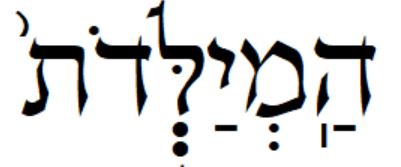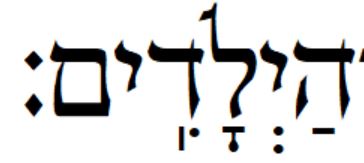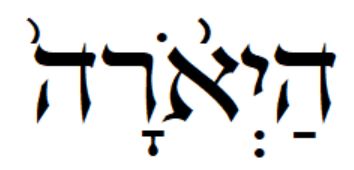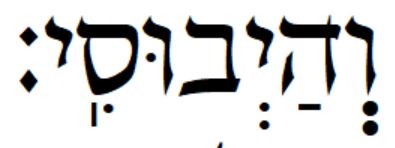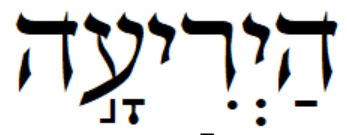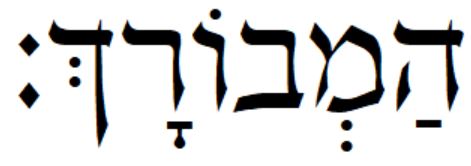RULES OF SHEVA NA AND SHEVA NACH ATTRIBUTED TO RABBI ELIYAHU HALEVI BACHUR
R. Eliyahu Halevi Ashkenazi (1468-1549), also known as Elias Levita or Eliyahu Bachur, was a fascinating but controversial scholar, enigmatic mystic and master grammarian who emerged during the Renaissance. He was a father of Hebrew grammar.
PREFACE
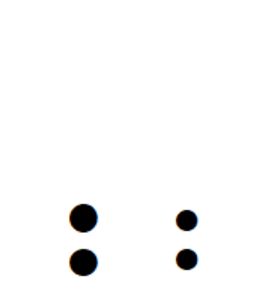
1. Sheva is under the first letter of a word it must be Sheva Na and is pronounced. On the other hand if it falls under the last letter of a word it is Sheva Nach and not pronounced.
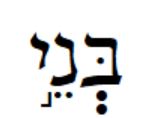
2. If there are two successive Shevas in a row the first one is Sheva Nach and not pronounced and the second one is Sheva Na and is pronounced.
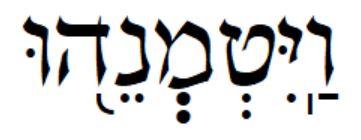
3. If there are two successive instances of the same letter in a row with the Sheva under the first of the two letters then this Sheva is Sheva Na and must be pronounced.
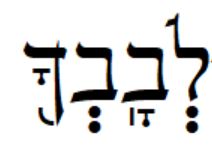
4. If there is a dagesh or dot in the letter above the Sheva then the Sheva must be a Sheva Na and is pronounced.
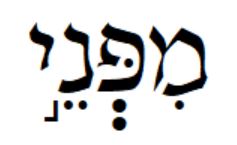
5. When the letter with the Sheva comes after a Tnuah Ketana (minor movement) that is not stressed then the Sheva is a Sheva Na and is pronounced. This also incorporates the law of twos. The law of twos helps us identify the vowels with 2 parts to trigger the identification of the Sheva Na. This is the Cholam, Shuruk, tsereh, Qamatz but not Qamatz Kattan because that is stressed, and the Sheva again although we already took care of it with number 2 above. And there are two outliers of the Cholam Haser which is essentially another cholam but missing and when you have a chirik for one and followed by a yod for two. See each of the examples in the right focusing on the vowel before the Sheva Na.
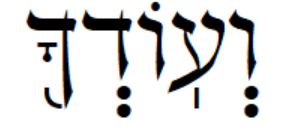
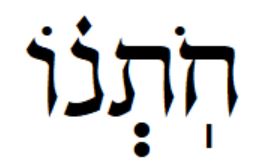

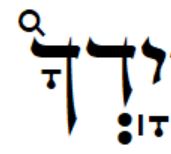
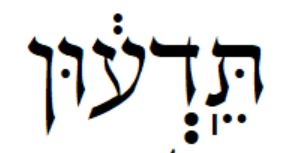
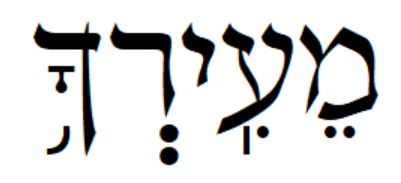

ANOTHER POINT FOR THE MOST ADVANCED TORAH READERS THAT BOTHERS ME AND FEW PEOPLE DO THIS CORRECTLY – RAFEH OR WEAK WITH SHEVA NACH
